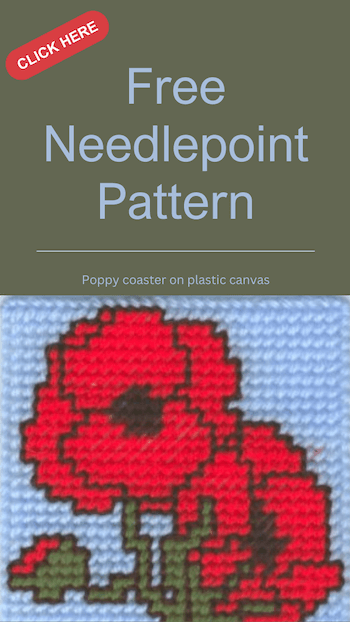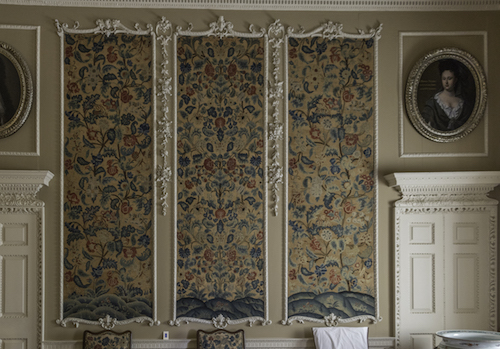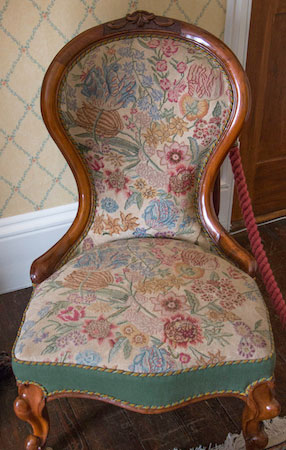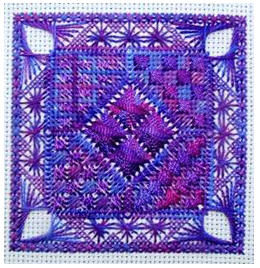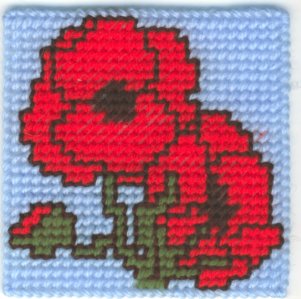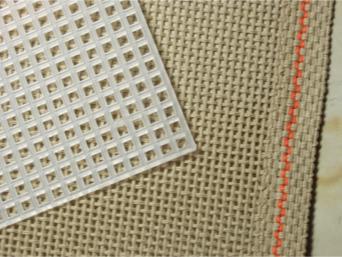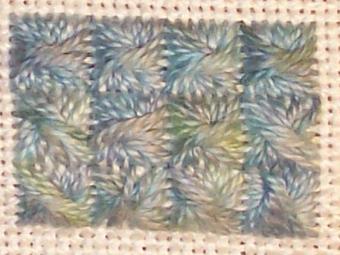- Home
- Needlepoint
Needlepoint: The Timeless Craft for Creating Beautiful Handmade Treasures
Needlepoint is a craft that lets you make unique pieces with simple stitches. Whether you're new or experienced, this guide will help you improve your skills.
Getting started: Basic supplies
When starting, having the right supplies and learning basic stitches is crucial.
Needlepoint, or canvaswork, is a kind of embroidery that uses a stiff, grid-like fabric. This allows for even stitches. There are different mesh sizes and types of needlepoint canvas to choose from, depending on the detail and texture you want.
You can use printed or hand-painted canvas or follow a graph or pattern on squared paper.
The basic supplies you'll need include:
- tapestry needles - which are blunt with a large eye
- fibres - of various kinds, commonly wool
- a frame - to hold the project taut while you work
- scissors - shears for cutting canvas and embroidery scissors for snipping fibre ends
- laying tool - a pointed tool for helping you achieve smooth stitches
Learn basic stitches
Click on the buttons below to learn some basic needlepoint stitches. They will add texture and dimension to your designs.
For more help on choosing needlepoint stitches check this page.
Needlepoint Designs
When it comes to designs, the options are limitless. You can create pictures such as flowers or animals, geometric patterns or semi-abstract designs.
The complexity of needlepoint designs can range from this series of wall hangings at Wallington House in Northumberland to a simple pincushion.
Check out this list of things that you can needlepoint:
|
|
A brief history of needlepoint
In the sixteenth century, needlework was important in the lives of both professional and amateur needleworkers.
One of the practical uses of needlepoint was the creation of cushions. These cushions provided comfort on the long, wooden benches that were the primary seating in households and public spaces.
You can find examples of canvaswork from this era on the V&A Museum website, such as this piece of flamestitch (bargello). Now we know this technique as Bargello or Florentine work, where vertical straight stitches create geometric patterns.
Cushions were not the only items that needlepointers crafted. They also worked on large tablecloths to cover the simple tables and cupboards standard in households. These table coverings served both practical and decorative purposes.
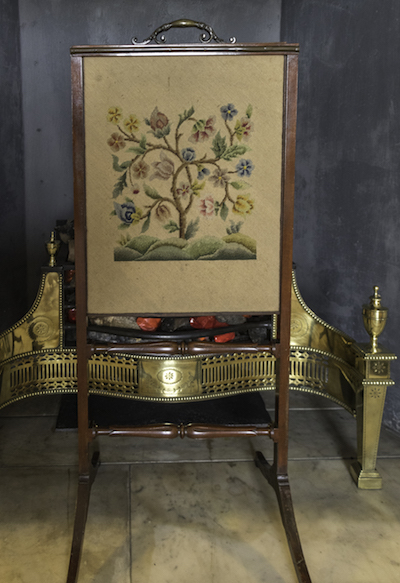 Crewel-style firescreen worked in needlepoint tent stitch
Crewel-style firescreen worked in needlepoint tent stitchDuring the eighteenth century, the availability of woven fabrics for practical purposes expanded, allowing women to focus more on creating purely decorative pieces.
This led to the creating of intricate and ornamental articles such as firescreens, small pictures, and other decorative items.
One notable characteristic of this period was the increased realism and flowing forms in the designs.
Moving forward to Victorian times, a technique called Berlin wool work emerged. This method used printed charts to create intricate designs on various items.
You can see examples of these colourful charts on the V&A site here.
The craftsmanship of many of these pieces is believed by today's textile restorers to lack the finesse and attention to detail seen in earlier works. Considering this historical context, it is fascinating to observe the fluctuating popularity of needlepoint throughout the centuries.
Other pages about the history of needlework
Ready to begin?
If you're ready to start your needlepoint journey, start by gathering the essential supplies and learning some basic stitches.
With the right materials and techniques, you can bring texture and dimension to your designs.
From bags and cushions to rugs and ornaments, the possibilities are endless for what you can create with needlepoint.
You may wish to explore the rich history of this timeless craft further and be inspired by the artistry and creativity of the past.
Get started today by downloading one of my free charts and discover the joy of needlepointing.
Try the tent stitch poppy on plastic canvas or the Bargello bell with christmas trees today.
Needlepoint Kits
Do you have a question about Needlepoint?
If you can't find the answer to a question about needlepoint then why not ask it here? Other visitors to the site might be able to help you.
Or perhaps you have a tip you wish to pass on. This section is for you to interact with other needlepointers, create you own page and help others.
What did you think of this page?
Did it give you all you needed or did anything else spring to mind? If there was something missing give me a shout – or let me know if this page proved helpful (do let me know which page you are commenting on).
Would you like a direct reply? Just pop your email address below, and I'll be in touch.
Stay connected between projects
If you’d like occasional updates from my embroidery room, including new patterns, gentle tips, and little things I think you might enjoy, you’re warmly invited to join the Stitchin’ Times newsletter.
No pressure. Just a friendly note now and then to keep you inspired.
